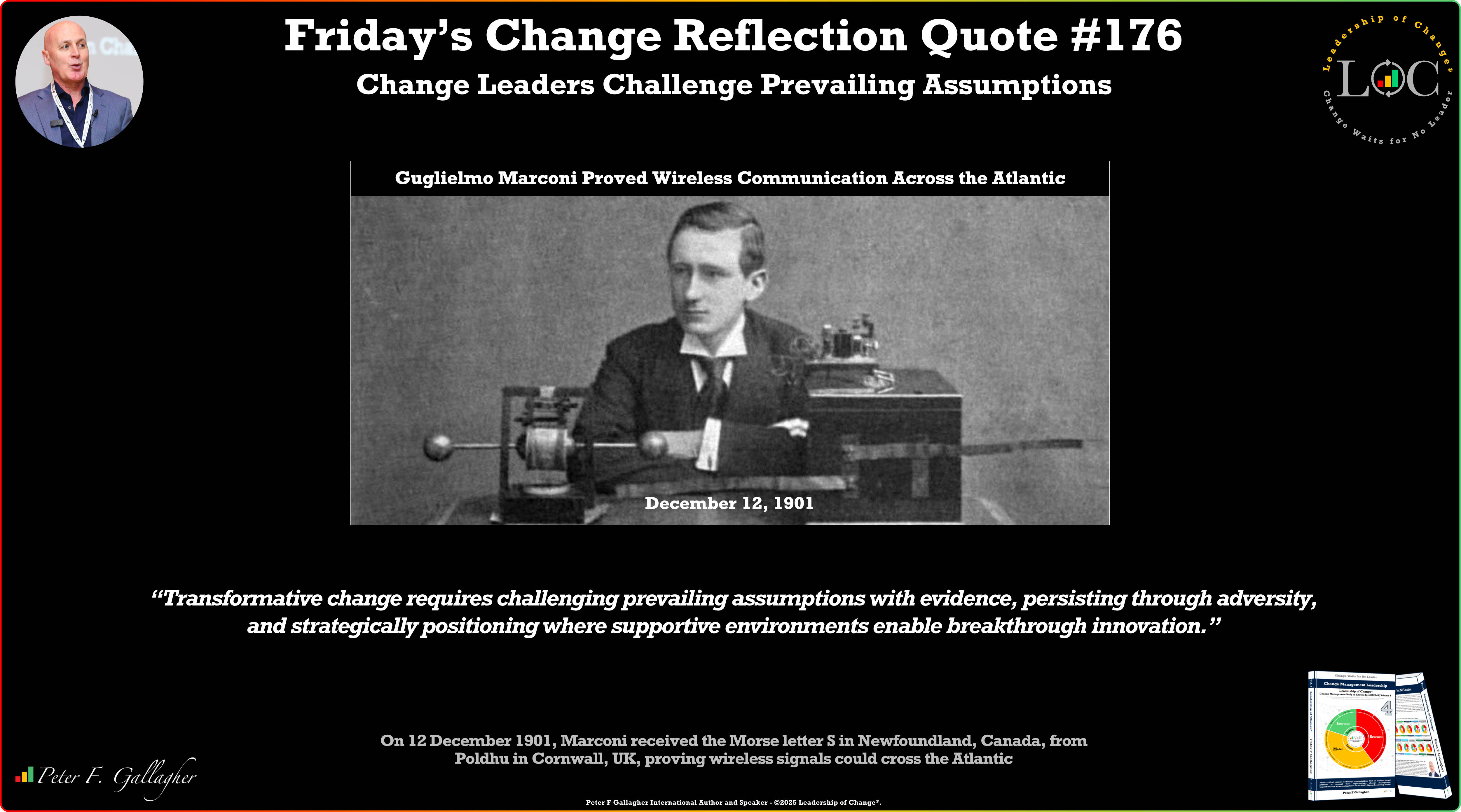Oct14

The Dangers of Scope Creep
Scope creep is a project manager's worst nightmare. The uncontrolled growth of a project's scope can lead to cost and schedule overruns. So, what is scope creep—and how can you avoid it?
Scope creep the uncontrolled growth of a project's scope. It generally occurs when there is a lack of scope definition and too much leeway given to stakeholders. When this happens, stakeholders begin to add new requirements, often without fully understanding the impact on the project schedule or budget. As a result, scope creep can cause cost and schedule overruns.
Unfortunately, scope creep is all too common in project management. A study by the Project Management Institute found that 43% of projects experience scope creep—and that those projects typically experience a 27% increase in costs and a 20% increase in schedule delays.
So, how can you avoid scope creep? Here are three tips:
Scope creep a severe problem in project management, but it doesn't have to be.
By Dean Miles
Keywords: Startups, Business Continuity, Mental Health
 Data Isn’t the Problem. Alignment Is.
Data Isn’t the Problem. Alignment Is. Friday’s Change Reflection Quote - Leadership of Change - Change Leaders Challenge Prevailing Assumptions
Friday’s Change Reflection Quote - Leadership of Change - Change Leaders Challenge Prevailing Assumptions The Corix Partners Friday Reading List - December 12, 2025
The Corix Partners Friday Reading List - December 12, 2025 Measuring the True ROI of Automated Claims Processes: Beyond Speed and Cost
Measuring the True ROI of Automated Claims Processes: Beyond Speed and Cost The New Silicon Frontier: Specialization and the Diverse Landscape of AI Chips
The New Silicon Frontier: Specialization and the Diverse Landscape of AI Chips